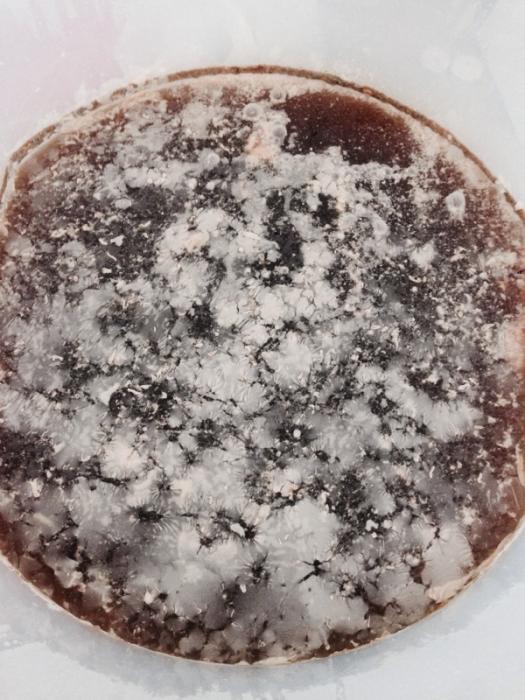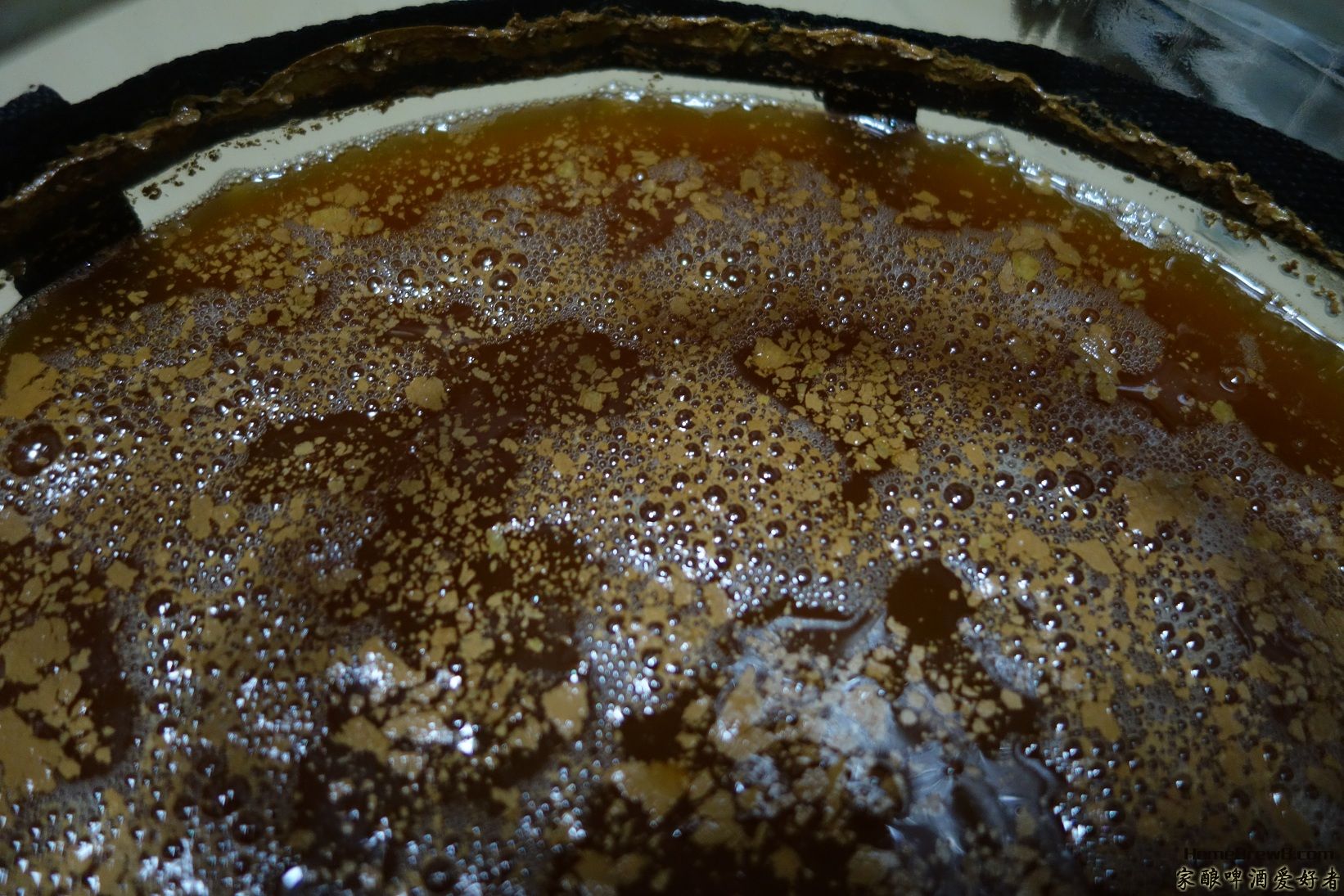Hi there,
I have had this brew on for about 3 weeks.
Its a Pale ale extract with added cascade hops.
Wheni opened the top there was a very strong alcohol smell and odd appaerance as shown in the pick.
Is this an infection? Thanks for the help.

I have had this brew on for about 3 weeks.
Its a Pale ale extract with added cascade hops.
Wheni opened the top there was a very strong alcohol smell and odd appaerance as shown in the pick.
Is this an infection? Thanks for the help.





